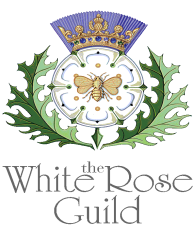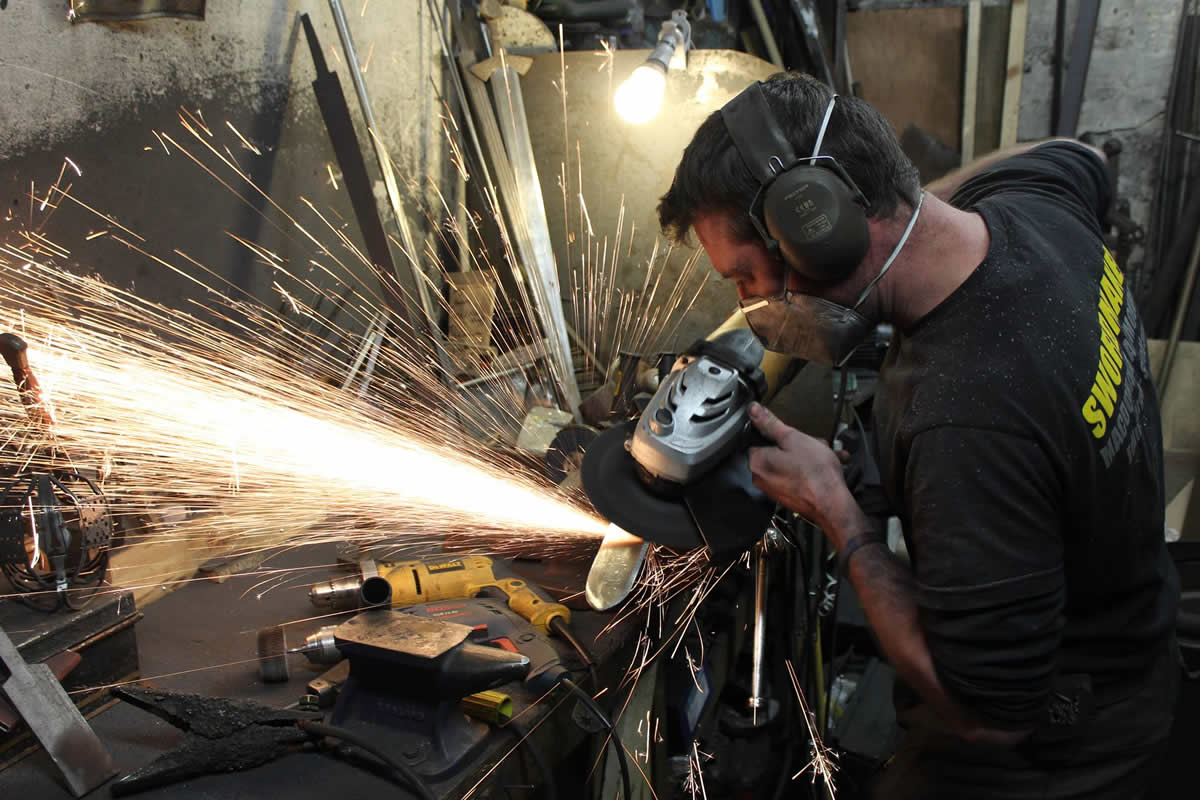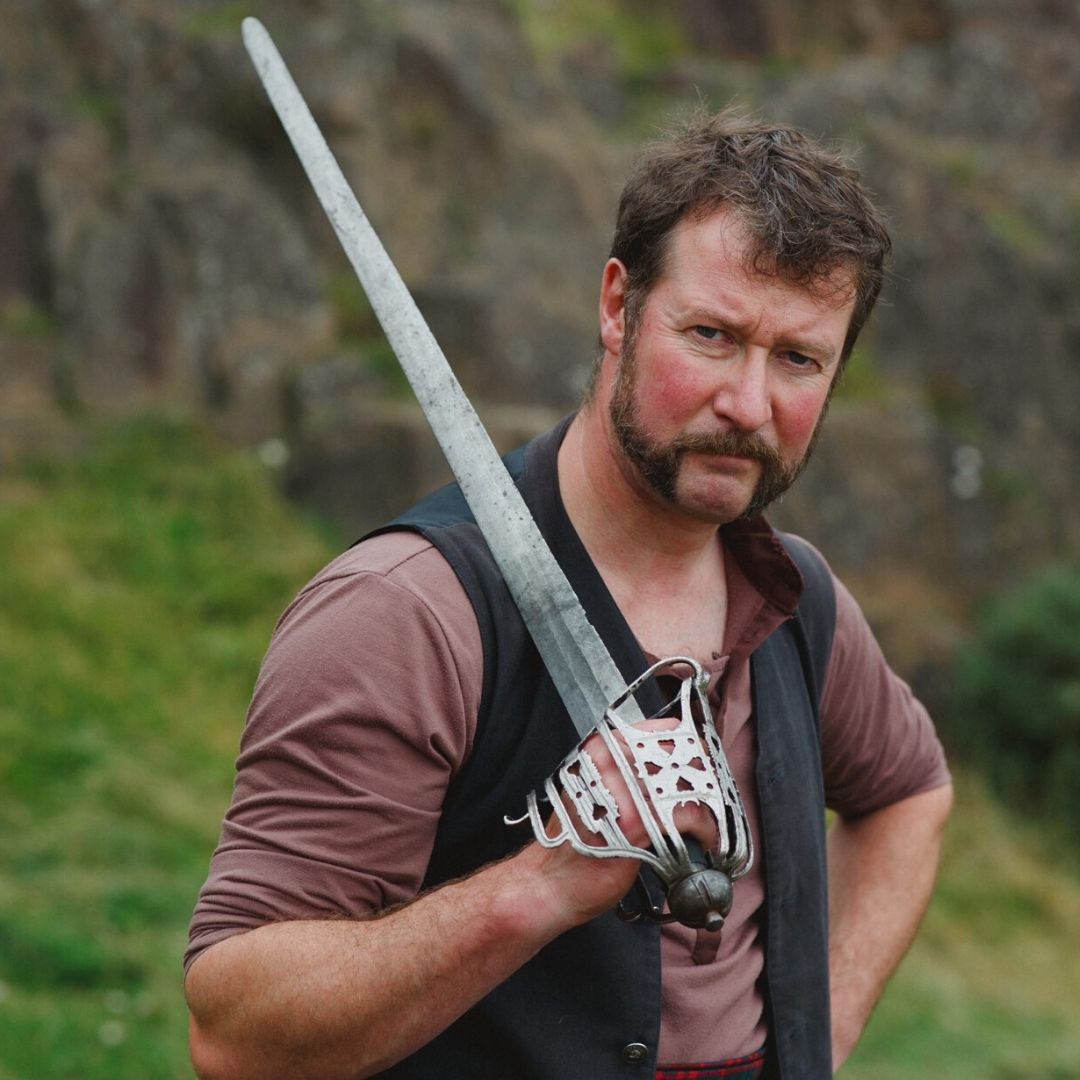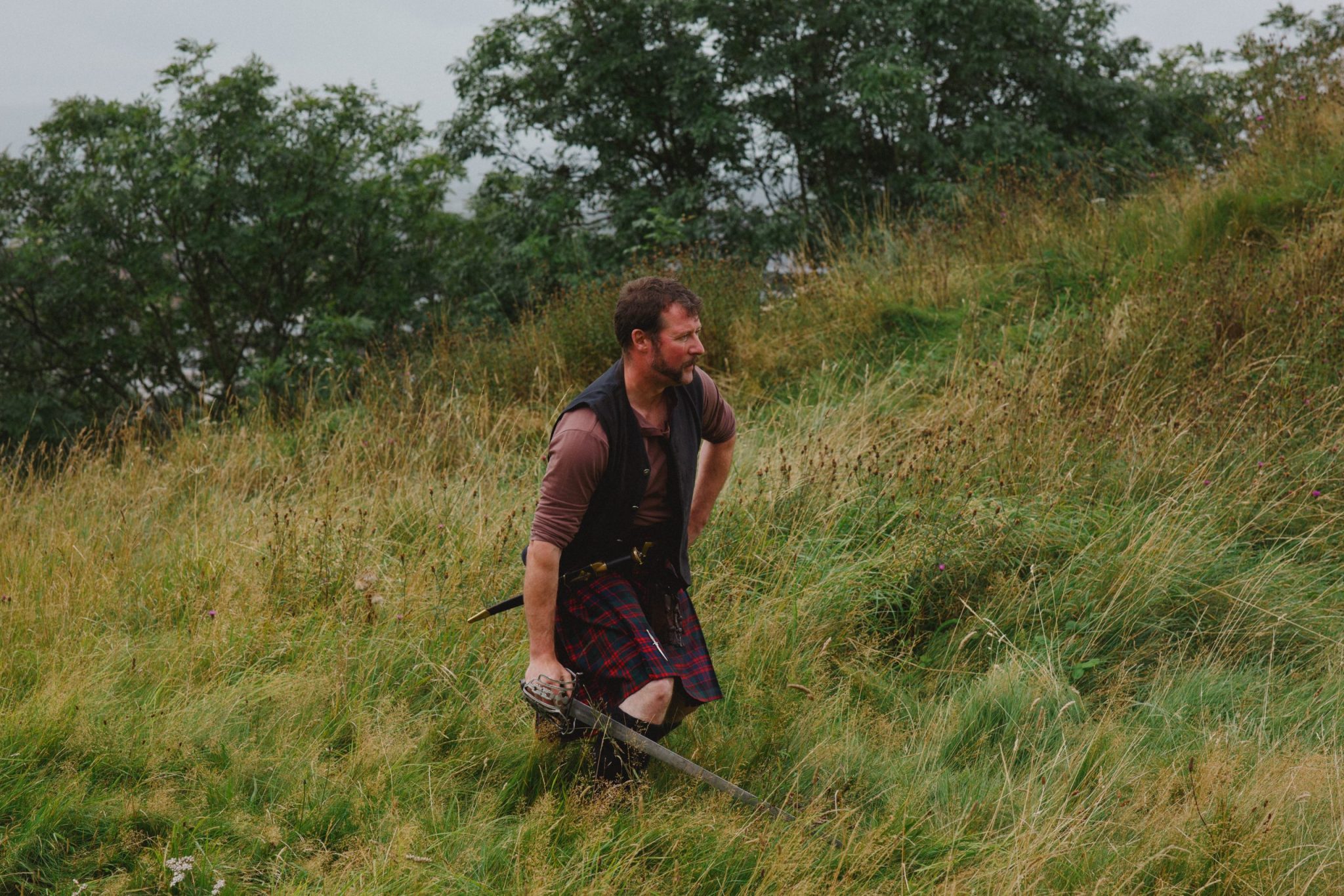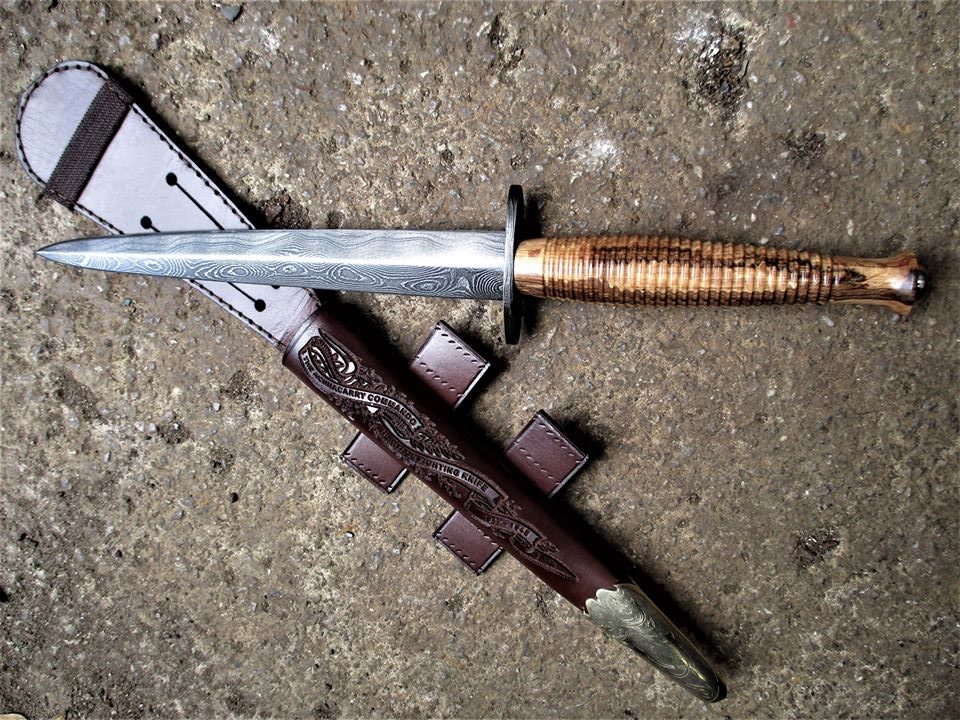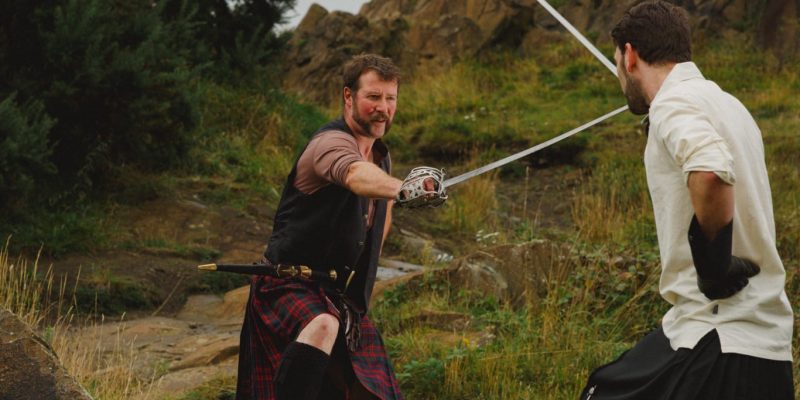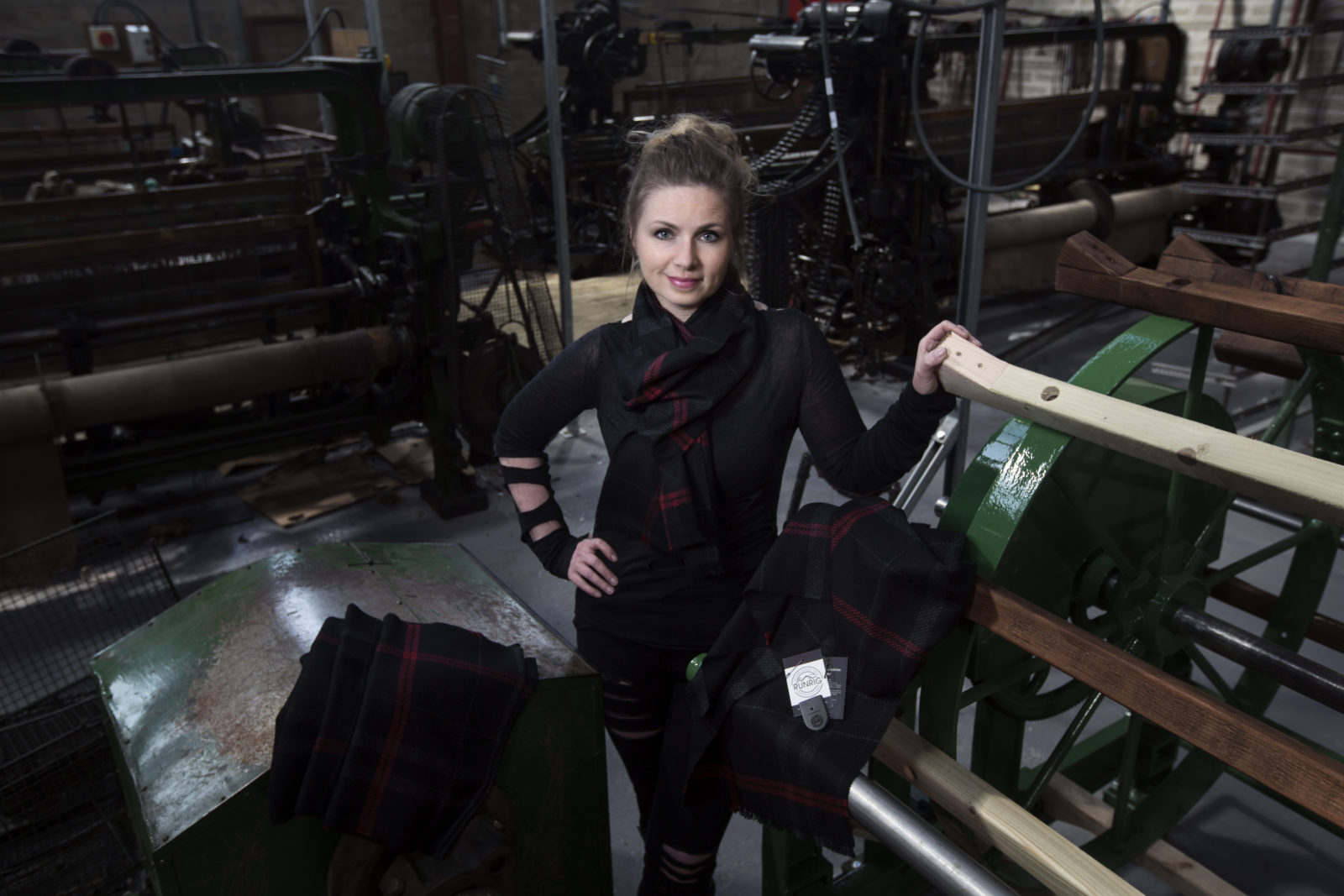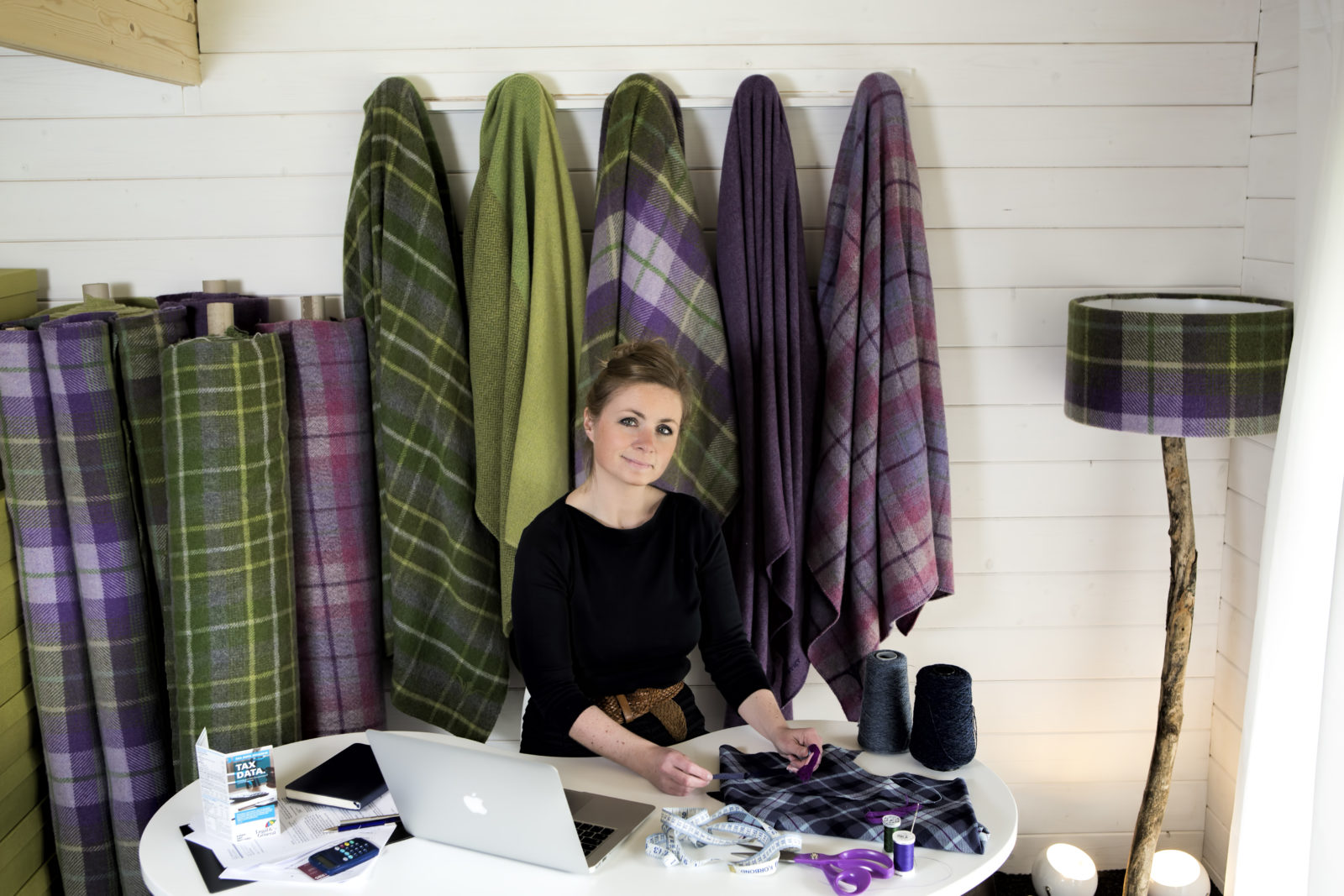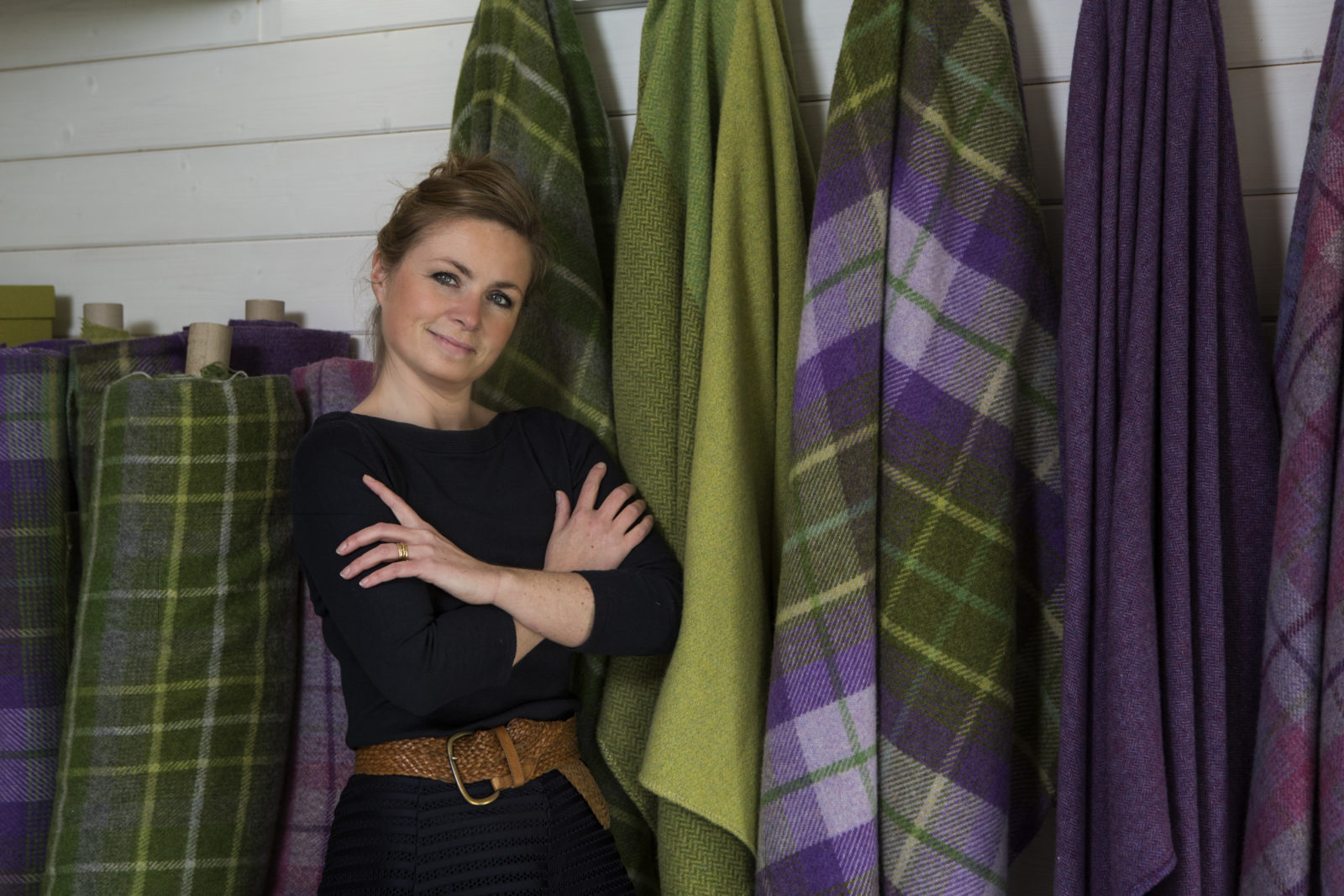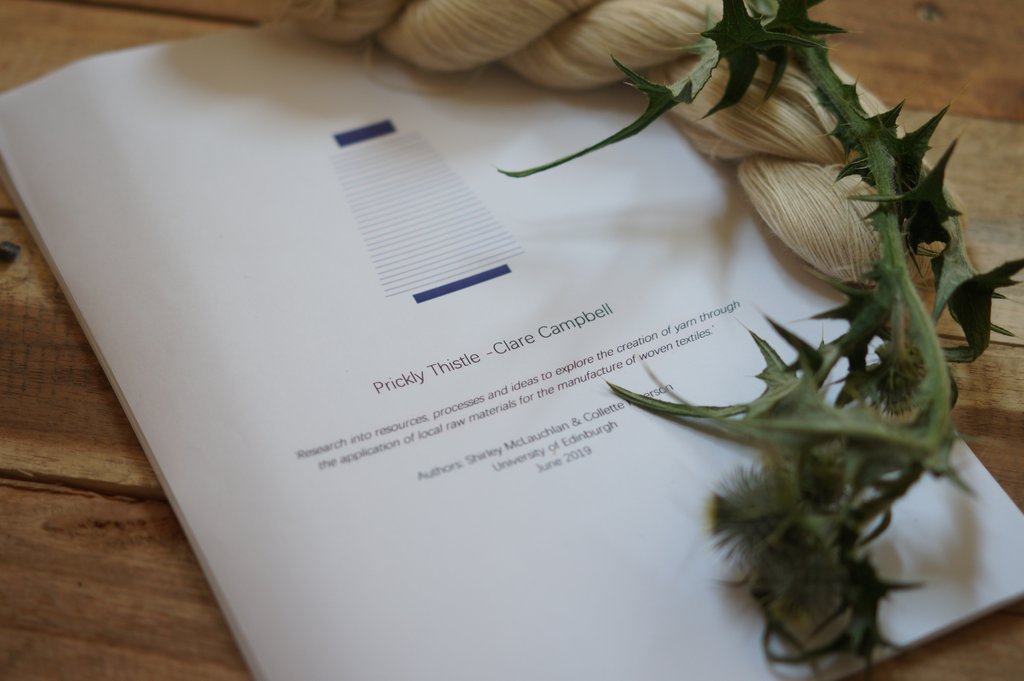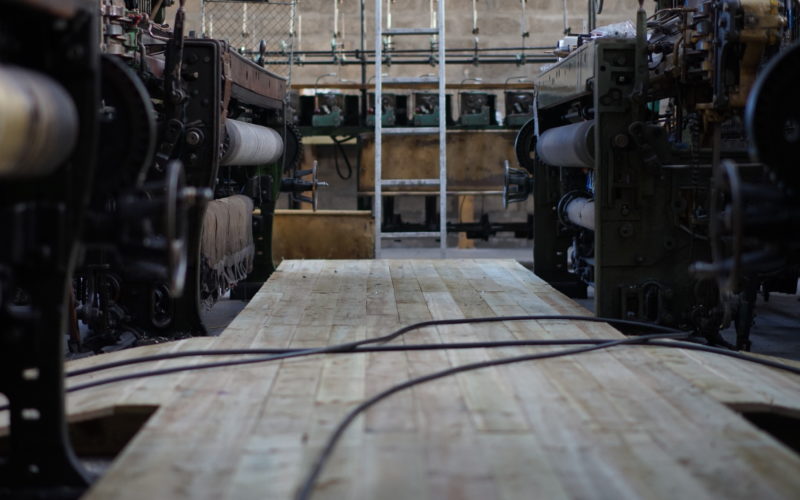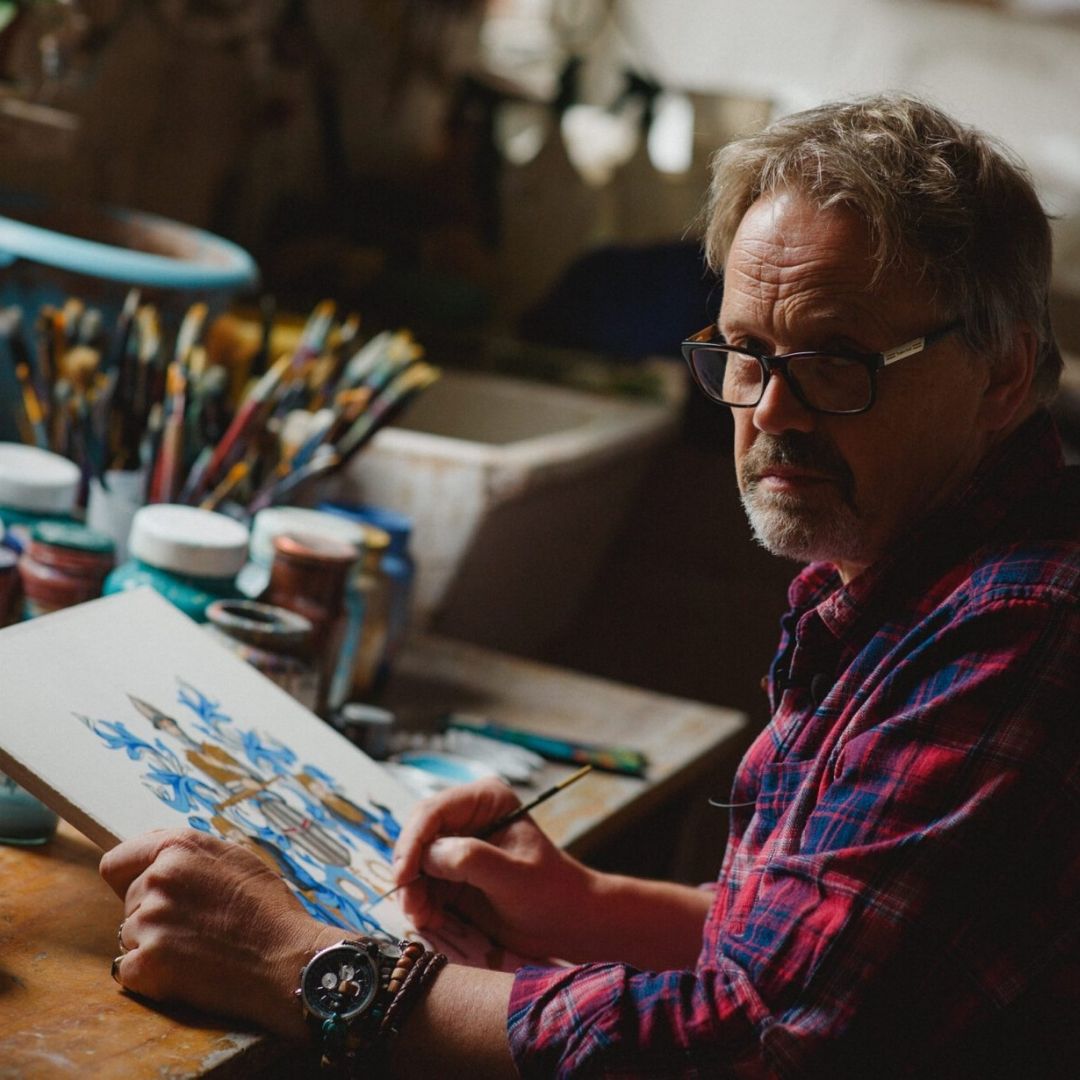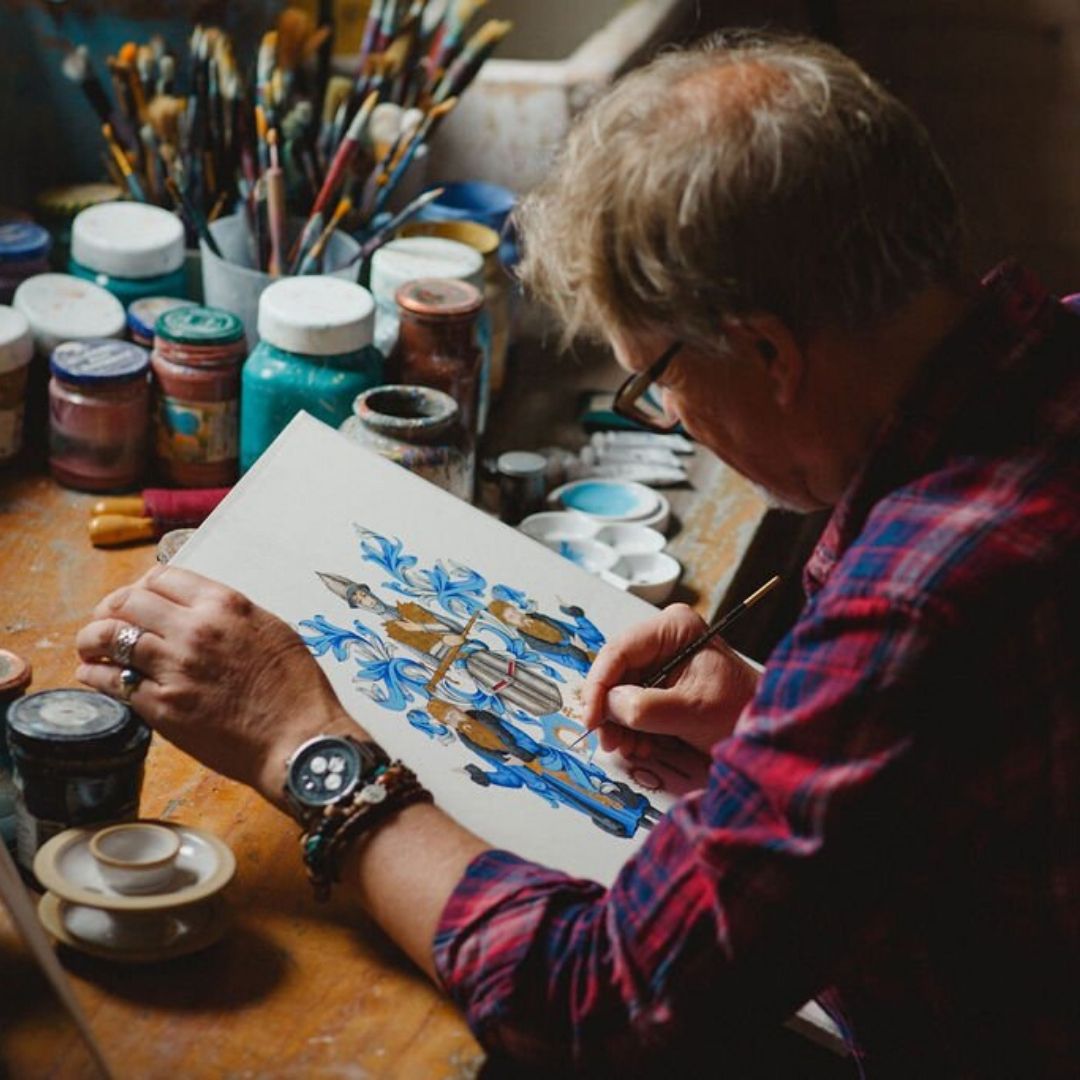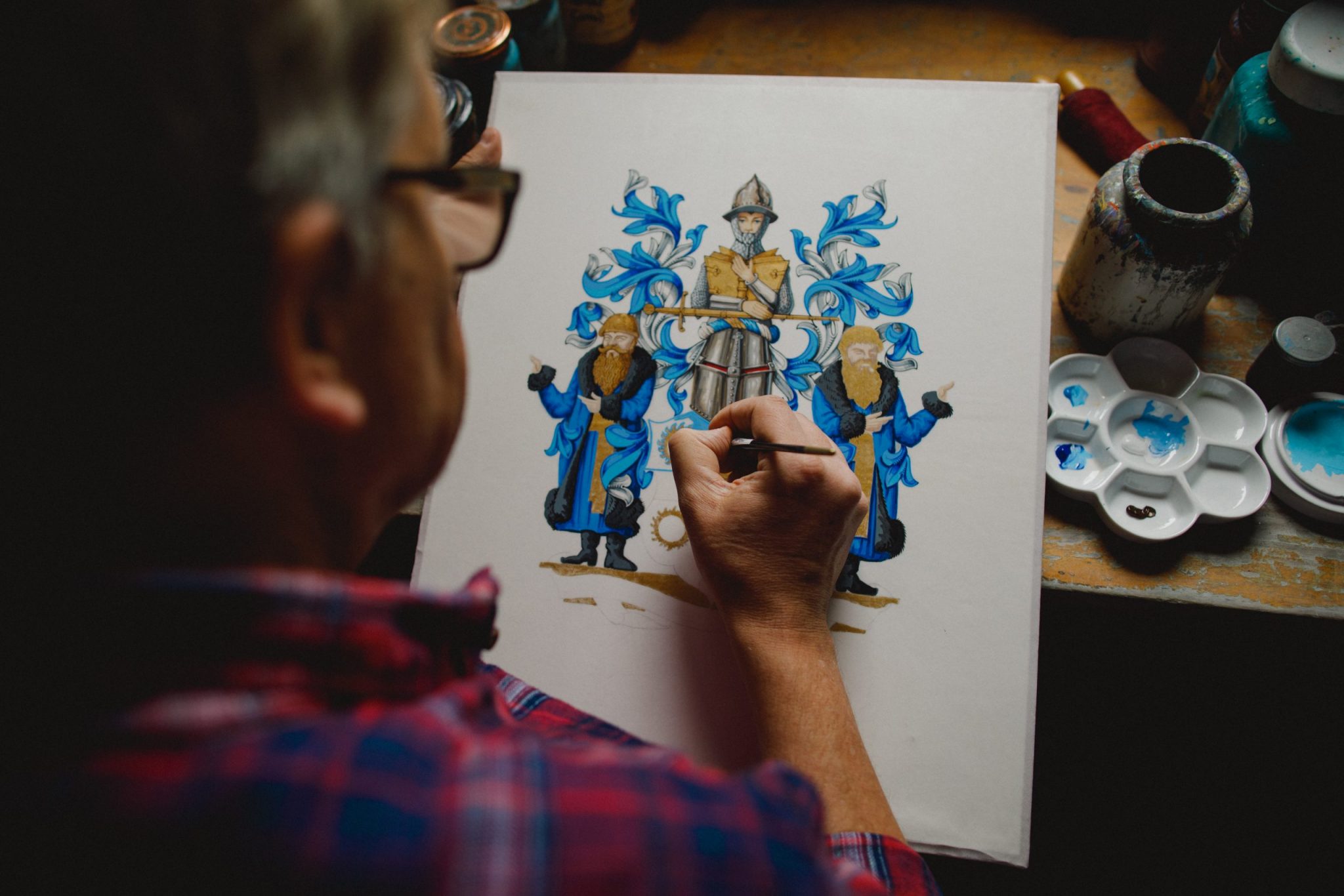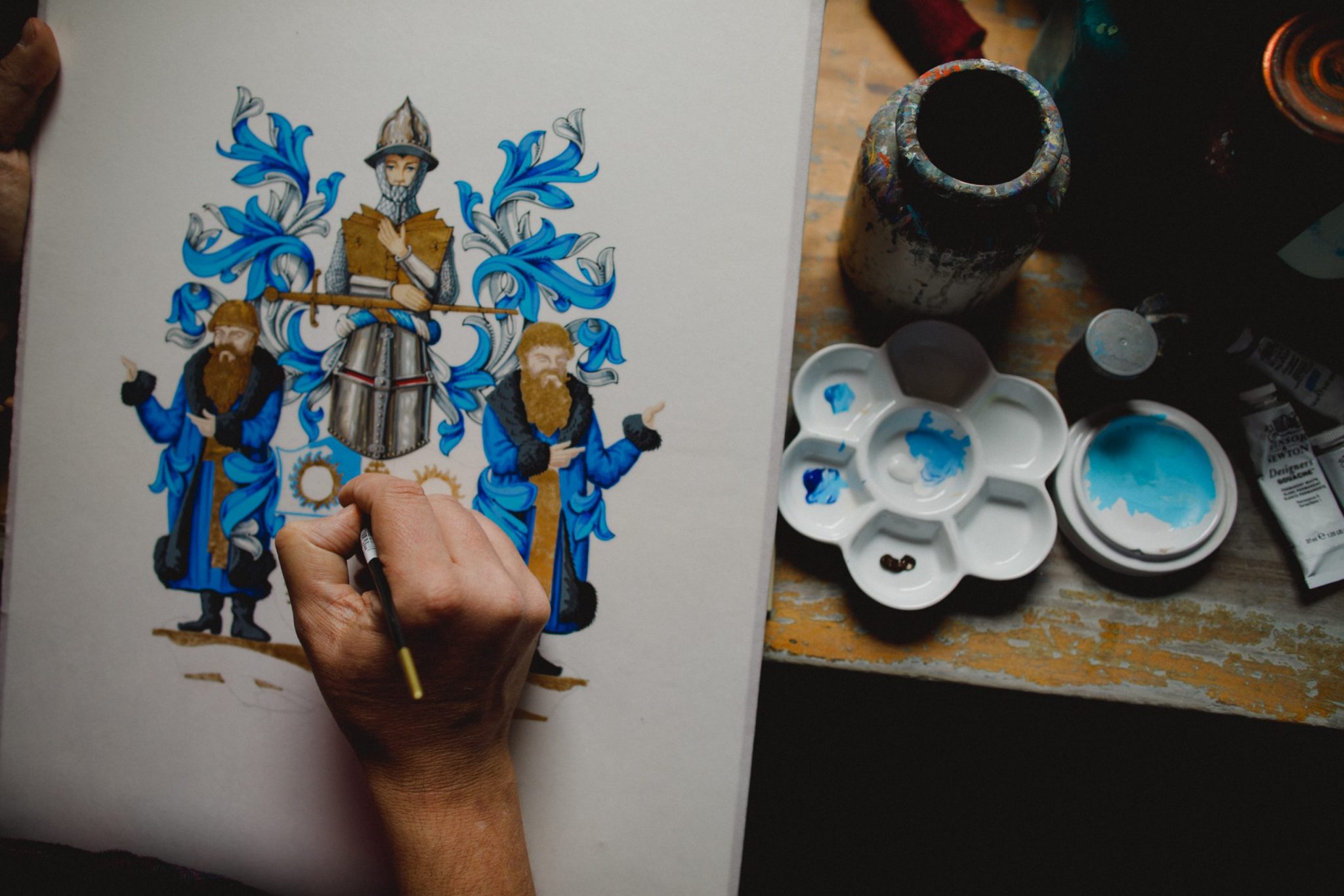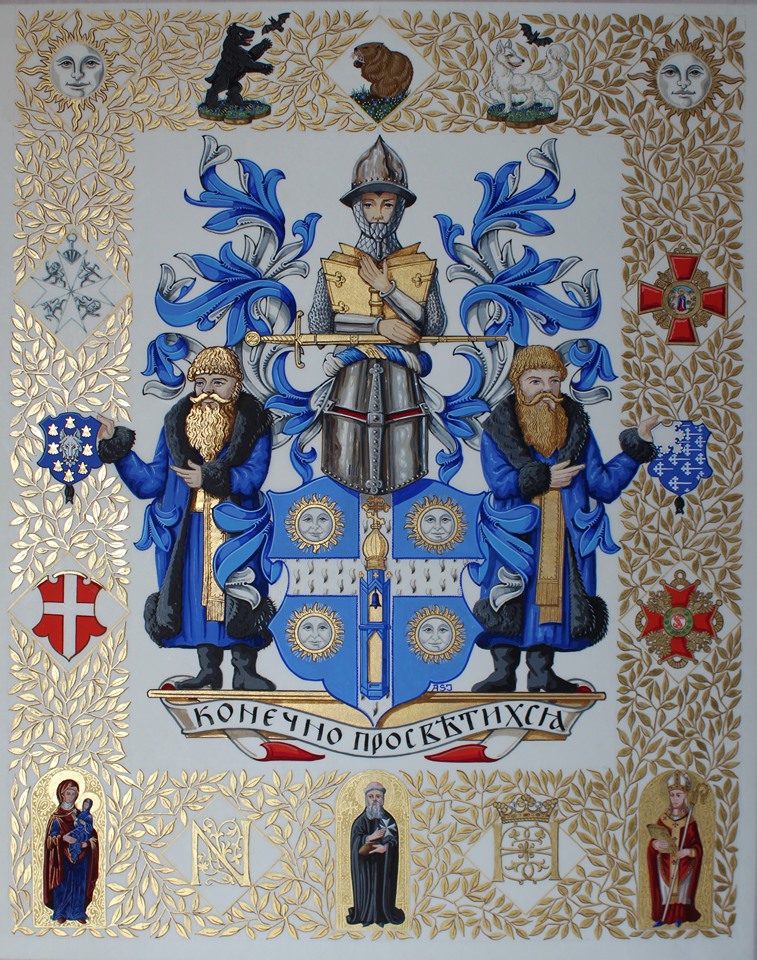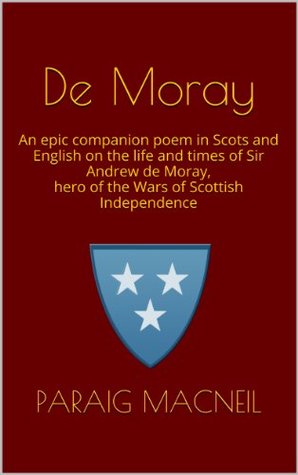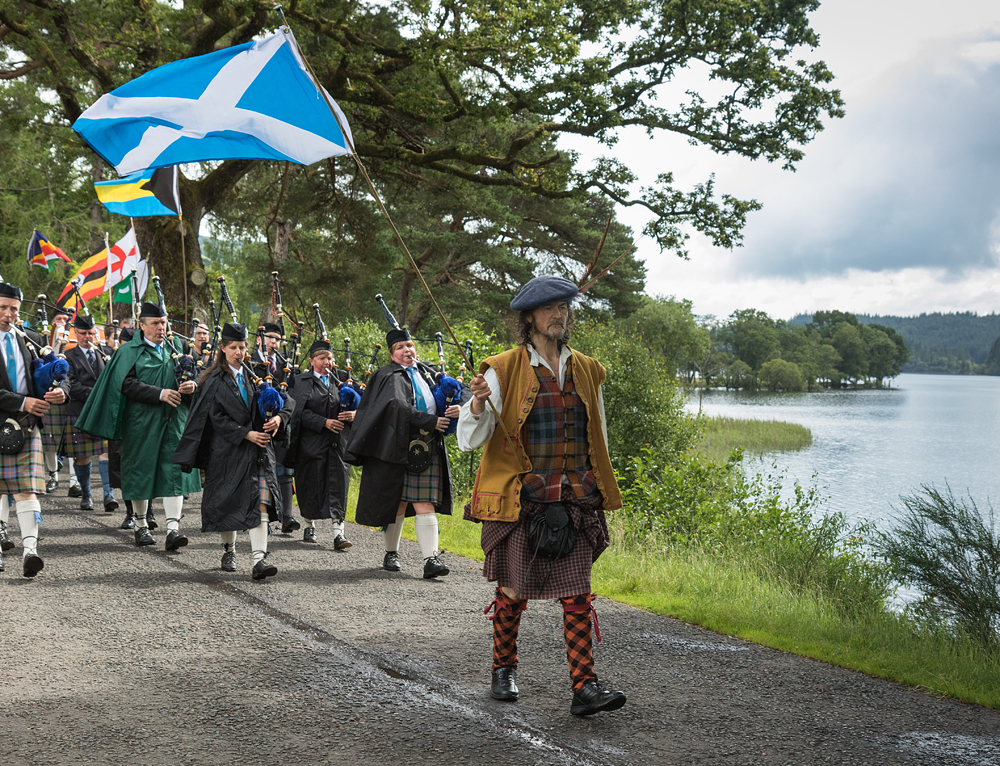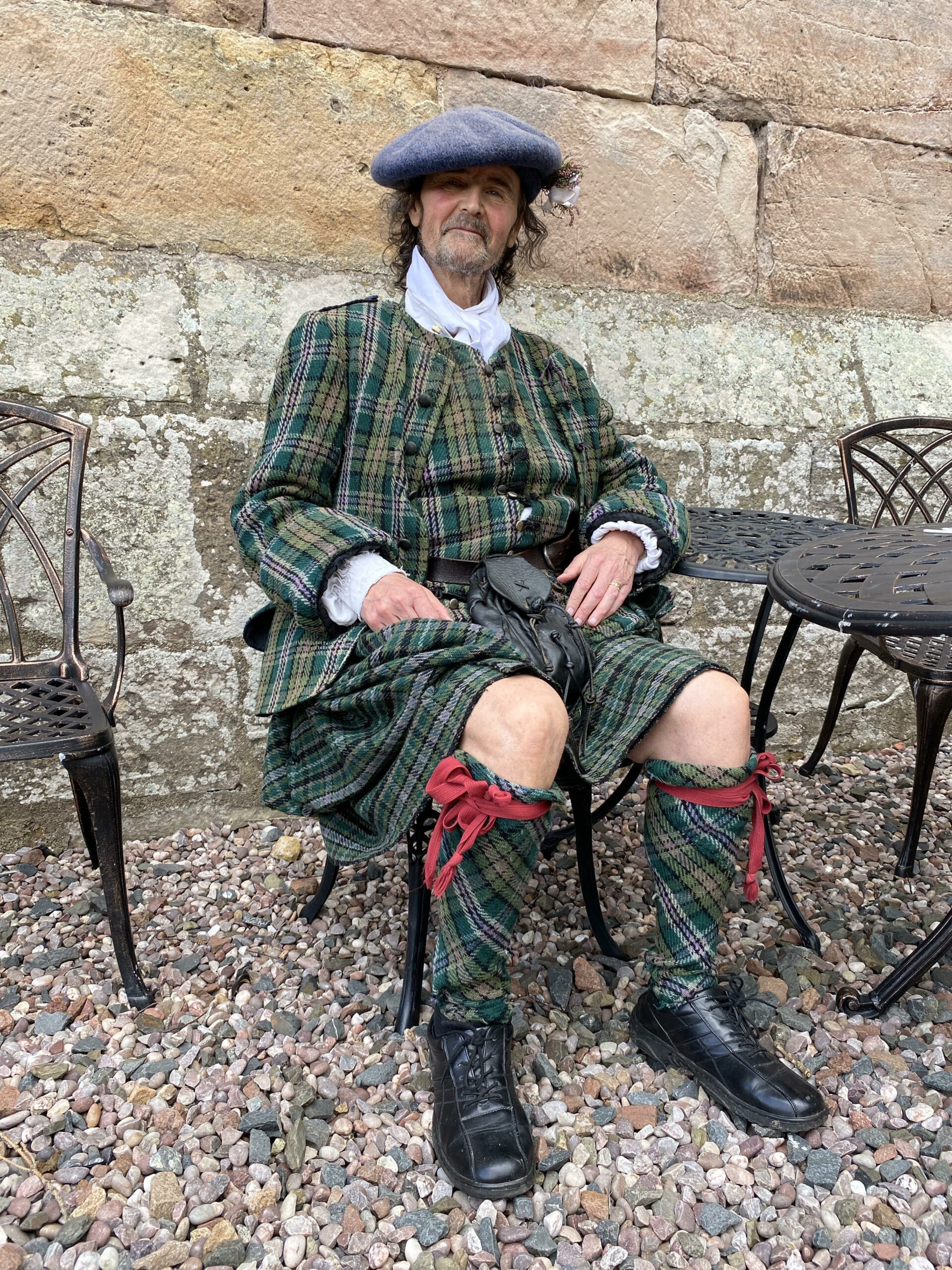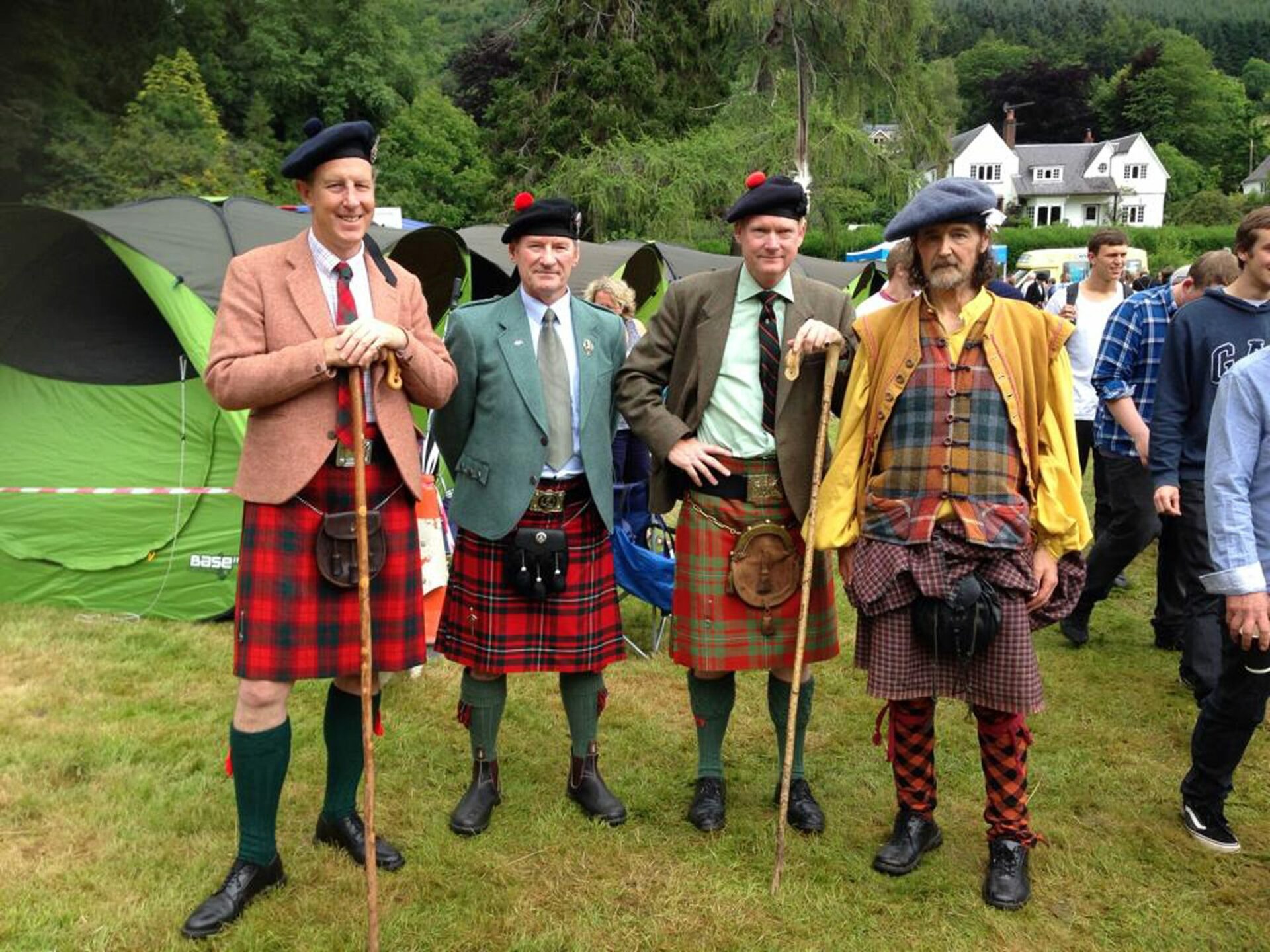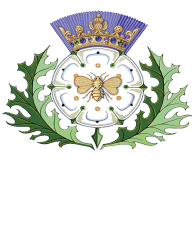BRAND AMBASSADORS
PAUL MACDONALD
Maestro Paul Macdonald was born in 1972, and raised in the West Highland village of Glenuig, Moidart, Scotland. He began his study of fencing in the 1992 at Napier University, in Edinburgh, founding and running the University club as President and principal instructor for two and a half years. With an ever-growing interest in historical swordsmanship, he founded the Dawn Duellists Society in 1994, and ran the DDS as President until 2006.
Since 1994, Maestro Macdonald has dedicated his path to European martial arts, travelling throughout the UK, Europe, Canada and the US to research, study, practice, present seminars and demonstrations and teach. He has studied most styles of historical European combat and revived the methods and techniques of several lost systems, such as the medieval duelling shield, spada in arme, dusack and backsword. In 1998, Maestro Macdonald founded the British Federation for Historical Swordplay (BFHS), serving as its President from 1998 – 2004.
Maestro Macdonald received his Master-at-Arms certification from the Italian Ancient and Historical Federation (FISAS) in 1999 and established the Macdonald Academy of Arms in 2001. In early 2008, Maestro Macdonald founded the Commando D Living History Group with Mike Smith, specialising in WW2 combatives. When not making swords or teaching, Maestro Macdonald enjoys gliding, for which he holds a solo pilot`s licence.
Maestro Macdonald is one of the founders of the International Masters at Arms Federation and a fencing advisor to the Academy of European Medieval Martial Arts. He is also a member of the Association for Historical Fencing and has given instruction at Leeds Royal Armouries and various historical fencing schools such as the Martinez Academy of Arms and the Italian Ancient and Historical Fencing Federation (FISAS).
CLARE CAMPBELL
Clare Campbell’s story unravels in 1978, when she was born in Inverness, the Highland capital of Scotland. Tasked with being the older sister of two younger brothers taught her to cherish family and her hardworking mother. And after getting married and having children of her own, Clare was quite busy.
But in 2015, a magical occurrence took place. A rebel was born. A light flourished within Clare’s entire being, giving her a new purpose that would fuel her creativity and weave all of her passions into one.
Clare, the Rebel Highlander, left her accounting job to weave powerful tartan designs that told brilliant stories, bringing the Highlands to life in each and every thread. She had a destiny to bring artisan tartan weaving skills and disruptive product collections back to the Highlands of Scotland. Thus, her brand of endurance, the Prickly Thistle, was brought to life.
The Prickly Thistle is guided by five threads of purpose, each one committing to the history and tartan designs of Scotland. These threads work together to help the Highland’s shine in a beautiful golden light. A light that will continue to shine unto tourists, newcomers, and locals alike.
Clare’s business is dedicated to honoring the past of Scotland and weaves the way toward a new future, one that honors the past while transforming it. The Prickly Thistle’s team intertwines innovation into everything they craft. They use sacred crafting skills to preserve ancestor knowledge, inject Highland design flair into every project, and ensure that this perfection sets an unrivaled Highland standard.
Clare is working harder than ever to preserve Highland history, so she can pass it on to the newer generations through immaculate and stunning designs. Her unique way of telling stories creates a new chapter for tartan design. A wondrous ongoing story where the Highlands once again play a pivotal role to those who are a part of it.
She and her team bring craft, culture, and heritage together in their tartan designs. And even knowing the difficulties that lay ahead of her, it’s safe to say that Clare’s story has just begun.
PETER MACDONALD
TARTAN HISTORIAN
I am a world-leading Tartan Historian who travels the world celebrating the traditional Scottish cloth. I am the owner of pieces that were once held by Bonnie Prince Charlie!
I taught myself to weave over 40 years ago to understand the structure of cloth and develop the ability to reconstruct patterns. As a hand weaver, I have grown up with highland culture and have always been interested in tartan and in preserving some of the older patterns and techniques.
Tartan has always been a fashion statement and popular fashion icon. I am interested in the authenticity of materials and I am passionate about teaching younger generations to understand the structure of cloth, read fabrics and preserve traditional tartan weaving methods. I maintain a database of over 9000 tartan designs, I work accurately on research and updating tartan records.
ANDREW STEWART JAMIESON
Andrew Stewart Jamieson is a Master heraldic artist and designer living and working in the Kingdom of Fife, Scotland. Considered to be the leading heraldic artist of his generation he is a recognised Master of his art. In a career that has spanned 36 years he has worked as a heraldic artist for Her Majesty’s College of Arms and as a scribe and illuminator for Her Majesty’s Crown Office at the House of Lords. He is author and illustrator of the Pitkin Guide, “Coats of Arms”. He was one of eleven Masters of Heraldic Art invited to exhibit work at the Museum of Civilisation, Ottawa, Canada in 1996 and has worked for various royal and noble houses in Europe and the Middle East as well as corporate, commercial and private clients.
For over 30 years his work has been synonymous with the unrivalled craftsmanship of the world’s finest heraldic art and design. Every Jamieson Coat of Arms owner holds a piece of history in their hands. A unique and valuable artwork steeped in centuries of tradition, produced by hand with some techniques and materials little changed in over a thousand years.
Every Jamieson work of art tells its own story, from the first pencil mark of the design to the final brush stroke on vellum. Each bespoke design contains decades of knowledge combined with exquisite unsurpassed craftsmanship intricately woven
together in rich colours and twenty-three carat gold leaf into a story of the individual who in a world of mass conformity still has the courage to stand out.
To hold a Jamieson painting in your hands and see the light glance off jewel like colours glowing on a vellum field and gold brilliantly reflecting like a mirror intrinsically links you to a glorious history and a tradition of excellence second to none.
‘When you hold one of my artworks I want you to be transported into what I call a ‘Strange Landscape’ populated by lions and unicorns, griffins and centaurs, a magical and mythological world of symbols and colours. It’s about painting
something meaningful, beautiful and lasting that reflects the culture, style and taste of my patrons. A unique world that can and will only represent you and your personal experience’.
Andrew is available for commission.
PARAIG MACNEIL
De Moray book cover
Kinlochard, 2015
Portrait – Paraig from Michelle
Paraig with Clan Gregor
A native of Perthshire, the grand-nephew of a seanchaidh, cultural revivalist Paraig MacNeil has been the bearer of the traditions, ancient lore, and heritage of Scotland since 1988.
From memory, and in all of Scotland’s languages, Paraig recites ancient tales with verse, and song. He has a vast oral repertoire, is also an author, and acclaimed composer of original verse.
Honorary bard/seanchaidh for Clan Gregor Society since 2000, Paraig has also served on The Guardians of Scotland Trust, and is registered with: TRACs, S.B.T. and Equity.
From the root of authentic cultural expression, working in education as well as festivals, here and abroad, Paraig has also worked on radio, screen, and in cross-media collaboration.
From his own words: “A people or nation without an in depth knowledge or sense of native culture and roots is likened unto a body without a soul.
From the age of 15 I became enthralled and inspired by the national music of composers such as Edvard Grieg of Norway, whose classical reinterpretation of norsk native folk-song provided a link between the root and the fruit, now handed down to Norwegians from their mother’s knee, and in their own tongues. Such was due to the stoic work of collectors Asbjørnsen and Moe concurrently with Grieg and the Norwegian independence movement.
I had also lived in Ireland for a period, where I also witnessed the effects of where a deep sense of cultural roots with its articulation and belonging went hand-in-hand due to the stoic work of the folklore revival led by Pearce and MacNeill.
Finding that both peoples exuded a sense of confidence in who they are, I found to be most inspiring, and indeed hopeful when turning to the question of how my native culture might be properly expressed.
From a domestic background of traditions of storytelling, verse and music, building up to about 1000 pieces in my oral repertoire (memory) of all topics in bardic style, ranging from the hero-tale, original Ossianic verse, tales of wit and wise fools, clan poetry, place names, pipe-laments, incantations etc. etc. where accompanying song is never far away.
Having been one of the original pioneers in what was originally intended to be a traditional or ethnic storytelling revival, beginning in the late 80’s, I have endeavoured over the last third of a century, to do my part in bringing the culture back to the people. This has mostly involved work in arts festivals, on stage or on the air, here and abroad, and in education whereby previously taboo subjects for schools were now to be introduced under banners such as language, history and expressive arts.
So topics were brought into schools that once would never have been considered such as The Jacobites, The Highland Clearances, The Wars of Scottish Independence etc. So, I have refused to compromise in the face of trans-national intrusive political correctness. In short, I would not have my speech, hence my tradition censored or diluted. Whilst some have been willing proxies for this new zeitgeist, I still hold firmly to the belief that in order to be relevant to the next generation, as a tradition-bearer, I need to honour what those who have gone before me have entrusted me with. Needless to say that I spend most of my professional life correcting twee-suppositions, often parroted even in traditional arts circles, the media, of course, the big screen.
Reflecting with ethno-re-expression, wearing ethnic period dress, I have composed new verse, but in keeping with traditional ethos and allusion, such as original Gaidhlig verse that I have produced for Clan Gregor Society as their honorary Bard/Seanchaidh, expressed in traditional metres, and in the native panegyric code.
My original work in the Scots language, with period orthography, is best illustrated in one of my 2000 line medieval epics: De Moray, following the tradition of expressing iconic military exploits in metred verse, rendered in rhyme in both 13th century style Scots (12 lines now on stone) and also in rhyme (not just translation) in modern-day English. It has margin-references with appendixes, make it a literary innovation in its own right, i.e. the Companion Poem (see a review). Another innovation is the metrical mirror rhyming system expressed in my 4120 line epic now under the title of Scotland the Brain, extolling 101 Great Scots or Brainhearts who changed the world by way of innovation, resulting in Great Scots becoming a new topic in education, innovation being part of our national heritage. Other literary innovations are: The Novel-Riddle and the Rhyming and Metrical Acrostic Riddle (RAMA).
As joint-winner of Burnsong 2007, I have established my work also as a song-writer upon the national stage, in new verse, and in melody, as well as satire/parody, hence keeping the living stream flowing. I was also a nominee for national Scots Scriever and Stirling Makar.
My aim is to see that neither the feather of the goose (the pen) nor the iPad any longer drives away the memory of man in a day and time when memory is no longer esteemed or even valued.”
